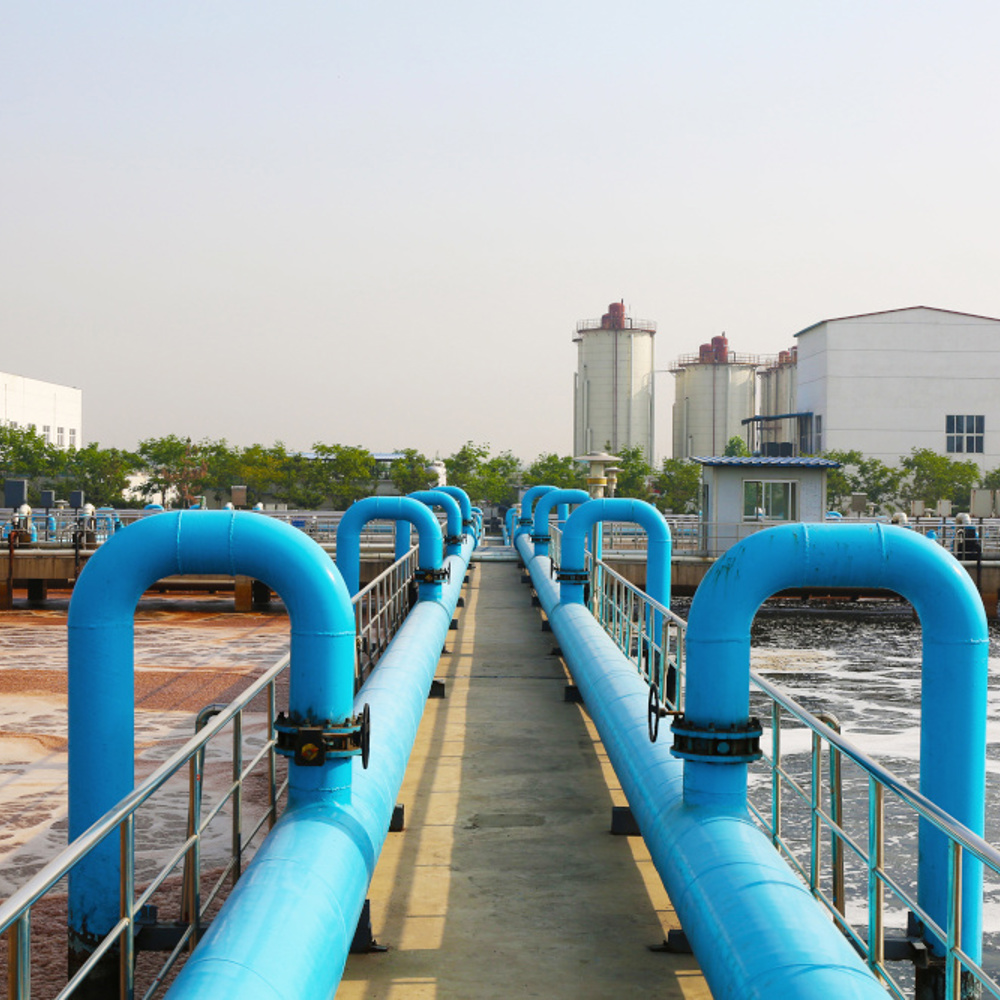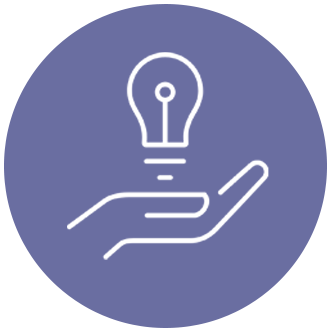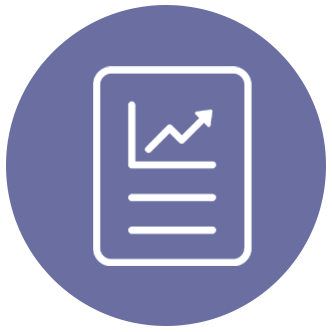Operations and Asset Management
This renewable energy facility needed help getting their maintenance programs aligned with operations and asset management requirements to ensure maximum uptime.
The Northeast Ohio Regional Sewer District’s (NEORSD) maintenance program has to absorb new assets at a fast pace to keep up with capital improvements. To help guarantee equipment uptime and reduce unplanned repairs, the organization needed to develop a robust preventative maintenance program for instrumentation.


The Problem
The maintenance team at NEORSD's Southerly Renewable Energy Facility regularly calibrates a range of analytical, gas monitoring, and EPA regulated instrumentation, but the computerized maintenance management system (CMMS) leaves many other instruments untouched until an issue with the process arises. In addition, the CMMS was not fully configured for all instruments or procedures and was missing supporting technical documentation. The CMMS was preventing the maintenance team from quickly and easily verifying the status of equipment, and a significant amount of time was being spent addressing unplanned repairs. Additionally, management was unable to accurately forecast a budget to maintain the site’s critical instrumentation.

Our Role
RoviSys won the public bid to develop and implement a preventative maintenance program that would ensure availability of the Southerly team's full range of equipment and instrumentation. A demonstrated history of expertise in process control, data management, and system validation is especially important for public utility improvement and expansion projects. RoviSys assembled a team of engineers and technicians who possessed a broad range of experience that included technical understanding, strategic direction, and project management, setting the stage for an efficient project with measurable results.
A demonstrated history of expertise in process control, data management, and system validation is especially important for public utility improvement and expansion projects. RoviSys assembled a team of engineers and technicians who possessed a broad range of experience that included technical understanding, strategic direction, and project management, setting the stage for an efficient project with measurable results.

The Solution
The plan outlined by the RoviSys team included three phases, and was completed over a period of eighteen (18) months.
Audit - The Audit phase provided the foundation for a successful project. This phase included gathering data and learning the CMMS, locating instruments, assessing condition, and updating or creating associated documentation. All existing and relevant data was entered into the system, while damaged instruments and accessories were discovered and examined, repaired, or replaced.
Baseline - The Baseline phase of the project involved maintenance and calibrating of instruments against the Standard Maintenance Procedures (SMPs) developed by RoviSys for each instrument type. Baseline efforts included verifying data gathered during the Audit phase, obtaining maintenance hour estimates for each instrument, and re-verifying correct signal & scaling between the field instruments and control system screens. The CMMS was updated with the relevant data and preventative maintenance potential.
Verification -The final phase of the project verified the CMMS and the Preventative Maintenance (PM) work flow. RoviSys technicians executed the first round of PM work orders created by the CMMS. When process areas were verified, the associated PMs were turned over to the plant for all subsequent workorders.

The Result
As a result of the overall effort, NEORSD realized significant improvements that corresponded directly to initial concerns. The Southerly facility now has a fully configured CMMS that includes over 600 new assets with accurate technical information, and an asset management system with thousands of links to pertinent documentation, including: P&IDs, instrument manuals, electrical location plans, loop drawings, ISA data sheets, and asset photos.
Additionally, the system coordinates schedules for maintaining assets based upon planned equipment downtime, manpower, and seasonal availability.
RoviSys leveraged an existing Rockwell Automation Asset Centre by configuring it to make use of the HART communication features. NEORSD technicians can now communicate directly over the network with hundreds of HART enabled instruments. This makes it a simple matter to interrogate the health and status of an instrument without having to go into the field.
RoviSys also guided development of a fully populated and network accessible calibration database. A software package was selected based upon compatibility with existing calibration hardware, simple user interface, and reporting capabilities. RoviSys configured the software and created a database for technicians to upload instruments calibration results directly from the handheld calibrators.
In the first year of operation with the new system in place, unplanned repairs dropped from 337 to just 46 per year—a massive 86% reduction. In the process, plant availability was increased by 42%. Management has gained annual budgeting and forecasting insights based on asset maintenance estimates and plans to expand the program to other areas of their treatment facilities based on this success.